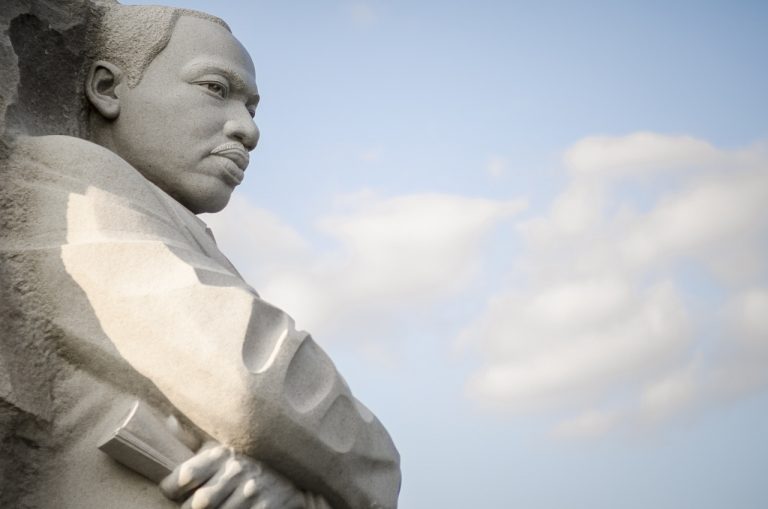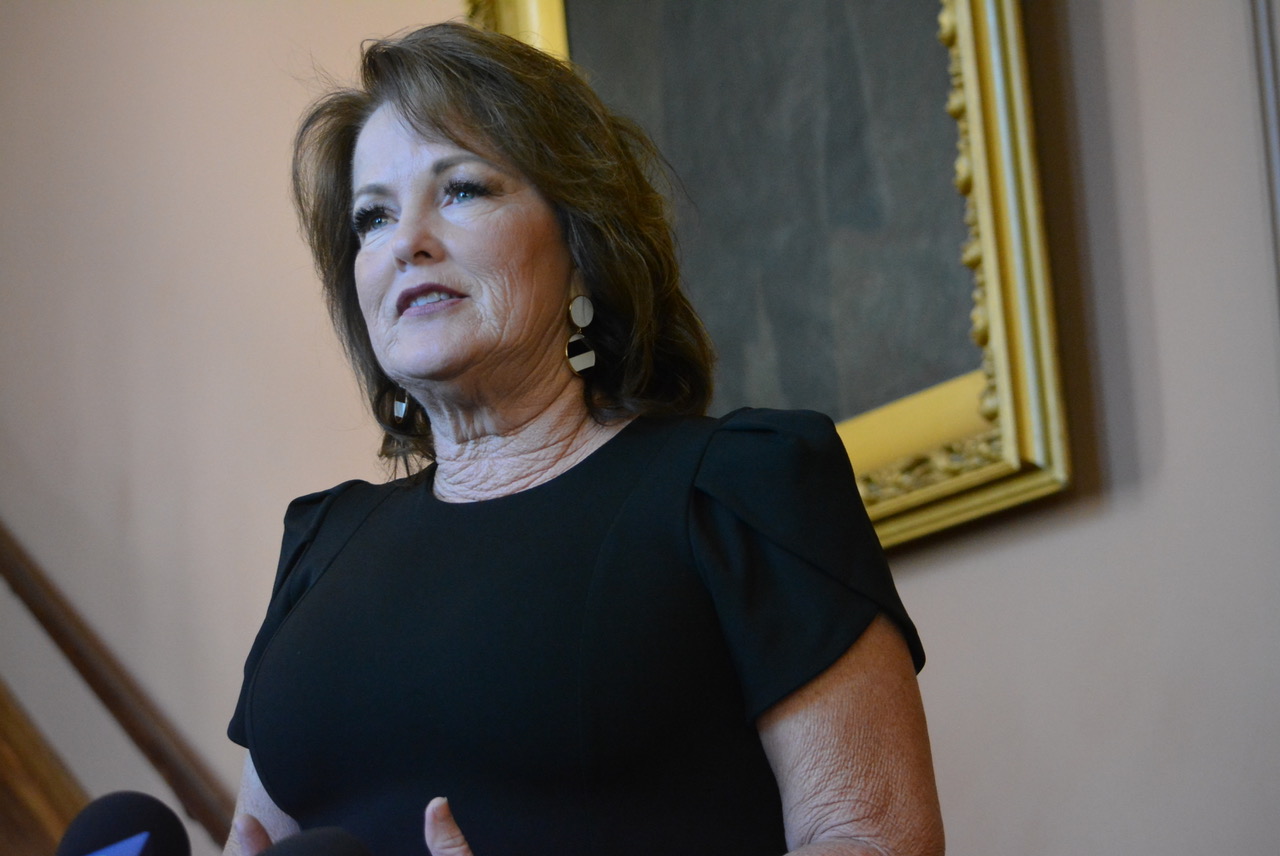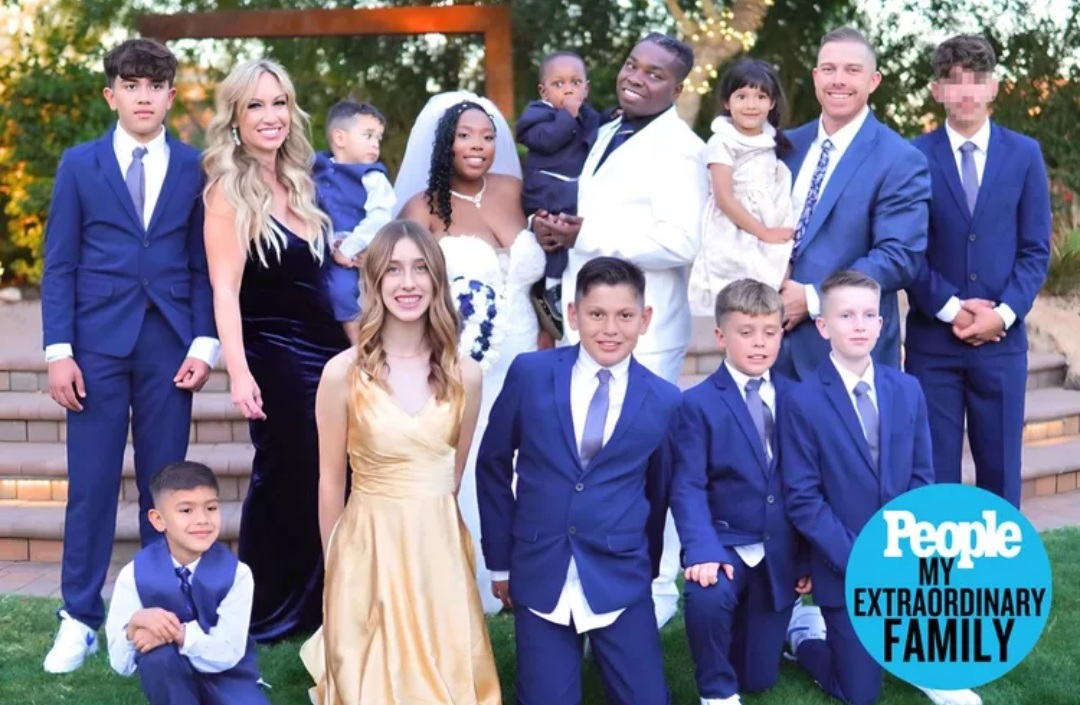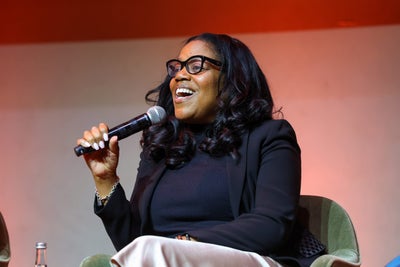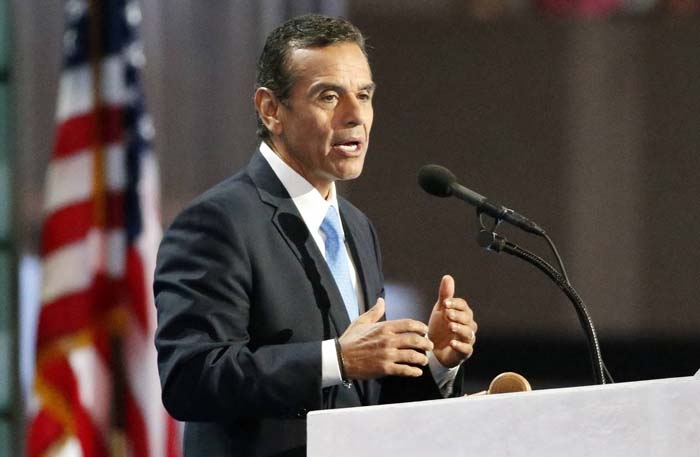
By Madlen Grgodjaian | California Black Media
Former Los Angeles Mayor Antonio Villaraigosa is in the race to become the next governor of California. As Gov. Jerry Brown’s final term comes to an end, six major candidates have emerged.
On the campaign trail, Los Angeles’ mayor from 2005 to 2013 reminds voters of his victories as the two-term mayor of the City of Angels and talks about the policies he will implement if elected governor of the Golden State.
“The best way to see where you’re going is to see what you’ve done,” Villaraigosa said. “As mayor, I have a strong record in that regard. I want to be governor for all the people.”
The primary election for governor is June 5. Villaraigosa recently spoke with California Black Media about his plans if he gains the governorship, on his way back to L.A. from a gubernatorial forum in San Diego.
What compelled you to run for governor?
“I’m running for governor because I know in order to thrive as a state and restore the luster of the California dream, we’ve got to make sure that we’re growing together. We can’t continue to have two California’s – one where affluent areas of the state continue to prosper and another where smaller communities are left behind. We can’t keep on giving up on so many people. We’ve got to educate and train more of our young people, invest in them from early childhood, K-12, college affordability, and give them the skills and training for the jobs that will give them dignity and respect.”
What have you done in your previous position to advance Affirmative Action policies to address employment, education, and race and ethnic inequities?
“We focused on transparency in the police department while I was there. We focused on our schools; I took over 20 of them. We focused on educating our kids. When I became mayor, one out of three schools were failing; by the time I left it was one out of ten. There was a 44 percent graduation rate; by the time I left, it was 72 percent. Other schools in Watts and in Boyle Heights, the poorest areas of the city they were at 36 percent graduation, lower than the rest of the schools in the district. Today they’re at 81 percent. We focused on job training to give young people skills and introduce them to the world of work, and keep them off the streets. We saw there was a real skills gap so we focused on workforce training at apprenticeship programs. When I first became mayor, there weren’t many African Americans on our construction sites. We placed about 2,200 African American apprentices on our construction site. Trained a lot more people of color, women, and folks who’d come out of prison who wanted to turn their lives around. I was a big supporter of a group called Home Boy Industries. A group that works with gang members and folks who’d gone to prison and want to turn their lives around.”
Do you believe taxpayer money is being spent accordingly and can a system be implemented where there’s adequate transparency with checks and balances?
“We have an economy that’s not working for too many people. We have the sixth largest economy in the world and the highest poverty rate in the United States of America. My campaign is about growing middle class jobs. It’s about growing together and not leaving so many people behind. We have an increased homelessness rate more than anywhere in the U.S. We have more people in prison than anywhere in America. I want to focus our resources on creating more middle class jobs, educating and training more of our people, and building the infrastructure we need. In order to do that we have to grow our economy and we also have to spend the hard working taxpayer dollars in a way that makes sense, so yes I do want to have transparency in how we spend our taxpayer dollars. I want to spend our taxpayer dollars on early childhood education, universal preschool, kindergarten, and childcare for people struggling to make ends meet and want to go to work. The key is to spend taxpayer dollars efficiently and growing the middle class by educating and training people. Yes, I do believe in transparency. I think the people should know on the governor’s website how the money is being spent through various departments. Where is the money going? How much do things cost? I don’t think we should be reluctant to have that kind of transparency. I want to spend money on making the investments that will pay dividends down the road and that means education, workforce training, building infrastructure, and small business.”
If elected, what strategy would you employ to assure that more African-Americans are appointed to various boards, commissions, and executive branches?
“When I was mayor, African Americans were about eight percent of the city of Los Angeles. They were 20 percent of my appointment. Certainly over 20 percent of my staff. When I became mayor although our police department was about nine percent African American, only two percent of the new recruits coming in were African American. I diversified our police department and took the number from two percent of recruits to nine or ten percent. During my tenure, more African American command staff were identified and promoted. As mayor, I worked to diversify the police department. By the time I left, the city was 67 percent of color, Latinos, Asians, and African Americans. Our police department looked like the city. We had never had a black fire chief. Over the eight-year period I was mayor, I hired the first, second, and third African American fire chiefs. The first one was hired for a year to turn things around; the second one retired a few years after his appointment, and the third was there when I left who is no longer there. I’ve hired African American department heads. As governor, I intend to ensure that African Americans are well-represented in our courts, appointing judges, in my staff, on appointments and particularly major appointments like the University of California regions, CSUs, community colleges, and department heads, as well my cabinet.”
When you were speaker, you introduced legislation to ban the sale of assault weapons. What immediate steps will you take to ensure safety in schools and communities?
“I was the author of the assault weapons ban in 1999. It was the toughest assault weapons ban in the nation. I helped to limit the purchase of guns to one a month because at that time you could buy as many as you wanted. I did the trigger lock bill and safe storage bills while I was speaker of the assembly. Under my speakership I’ve authored and spearheaded the passage of the most comprehensive set of responsible gun laws in the nation. It was the template for the rest of the country. As mayor, I also supported assault weapons ban as you said, but I actually did more than that. I did one of the most far-reaching gun buy back programs in the nation. I was focused on gun violence while I was mayor. Violent crime went down 49 percent, homicide down 45 percent, and gang crime 55 percent. We were focused on constitutional community policing, but also a police force that looked like the community it served. We focused on prevention and intervention particularly using a set of criteria that had been developed by the advancement project. We had maybe the most innovative violence reduction project called Summer Nights Lights. We opened up parks in 32 neighborhoods with the highest gun violence in the city during the summer. The parks were open five nights a week till midnight with various sports activities, hip-hop for kids, Zumba for the moms, and we fed people at our parks.”

